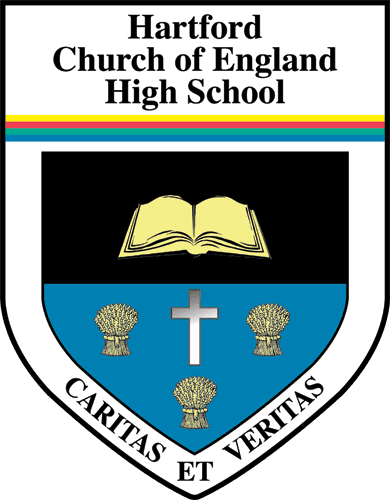Engineering Design
- Mr Paul Williams
- Mr Alan Kelly
"When you want to know how things really work, study them when they’re coming apart."
William Gibson
Intent
Engineering is a challenging, varied and rewarding career path open to our students. There is a national shortage of engineers - the Government is actively promoting this career choice, to ensure we have enough students coming through the system to meet future demand. At Hartford Church of England High School, we want to ensure that students get an accurate insight into the world of Engineering and the opportunities it offers. We want them to understand how Engineering is vital to providing economic growth and that, as engineers, they will be making a valuable contribution to society through the work they do.
Design Rationale
Through delivery of the OCR Engineering Design specification, we will cover all aspects of Engineering in industry. This will be delivered as three units. The first will focus on how to communicate their Engineering ideas, using graphical skills and computer aided design. The second will focus on manufacturing a product using the correct Engineering techniques and quality standards. We will then move on to the last unit, where students learn about the wider engineering industry, and will focus on manufacturing systems and processes. This last unit will be assessed by an external exam, and the first two units will be internally assessed.
Delivery
What you will see in an Engineering lesson will depend on which unit students are working on at the time. You may see knowledge being delivered through the use of videos or a practical demonstration, and then the use of recall and questioning to ensure that students have understood. Students may be taking products apart to discover how they work - or to see which manufacturing processes have been used. You may see them creating engineering drawings to a standard that would enable other to people to make the product unaided, or they may even be making a product themselves, independently and to a very high standard.
Impact
The effectiveness of curriculum implementation is measured by student progress; progress means knowing, remembering and producing more and is the direct result of excellent learning.
To track progress, we follow a three layered assessment structure.
High Stake Testing
High quality summative assessments (twice or three times a year) interleave knowledge and skills to support students in developing long-term memory. Stand-alone lessons ensure that students reflect and respond to teacher feedback.
Mid Stake Testing
Typically purposeful practice tasks completed independently in lessons at least twice per half-term. These tasks are used to identify learning gaps prior to high stake testing. Students receive personalised written feedback to which they respond in lessons.
Low Stake Testing
To embed knowledge in long-term memory, every lesson starts with students quizzed on prior knowledge (Do Now Tasks). Student performance is then used effectively by teachers to identify misconceptions and plan accordingly to narrow knowledge gaps.



